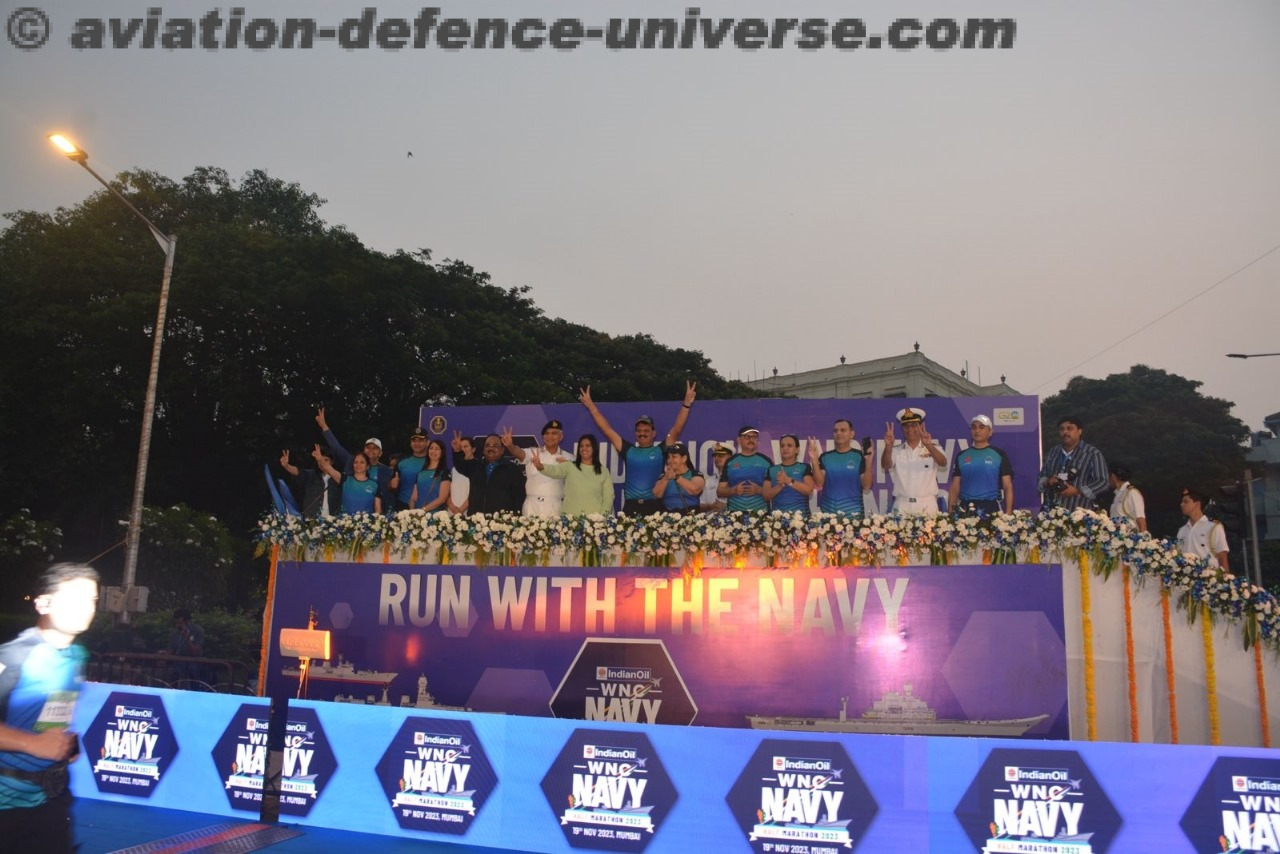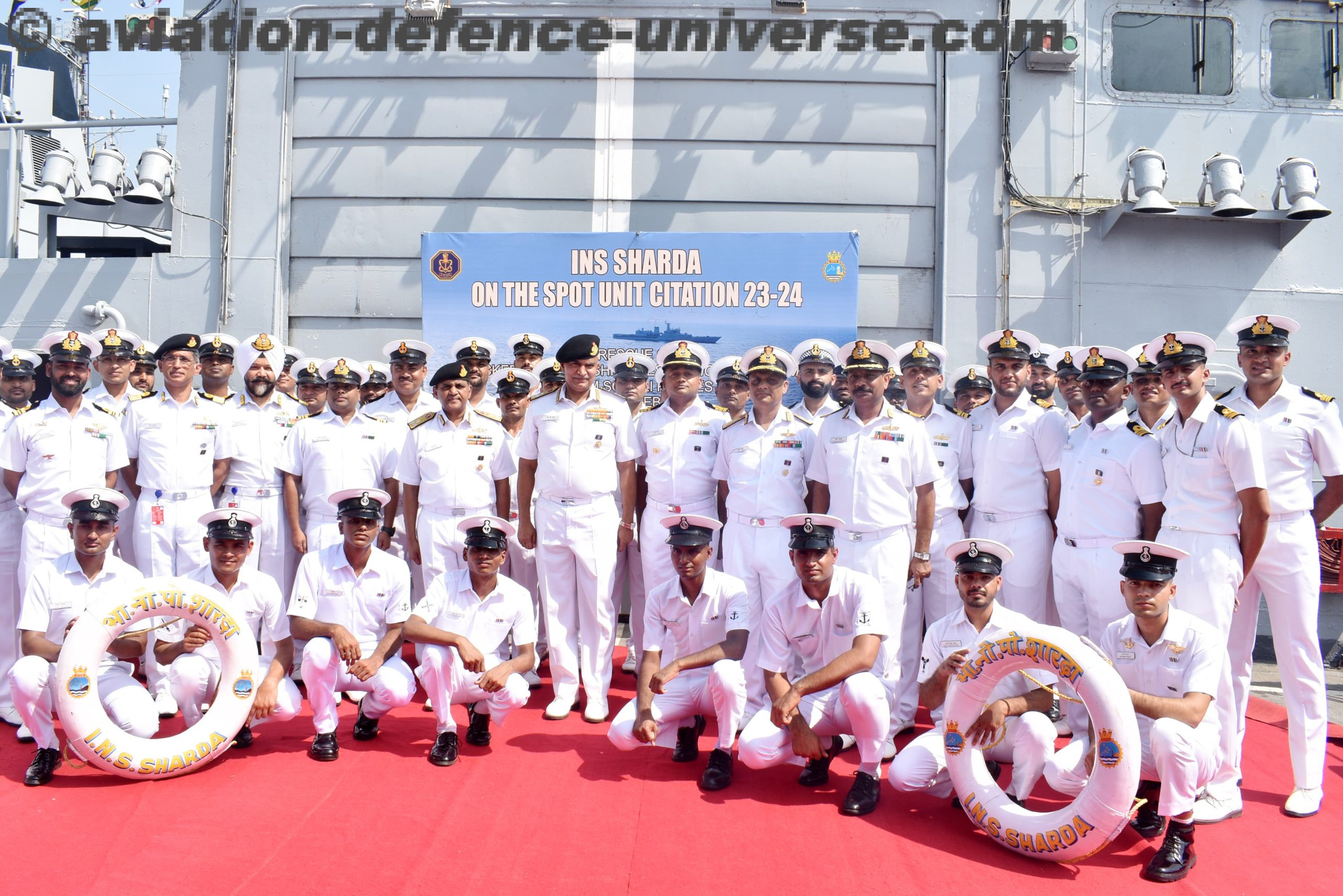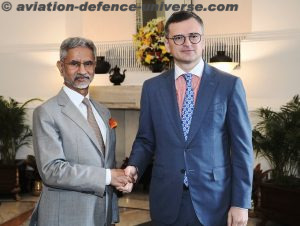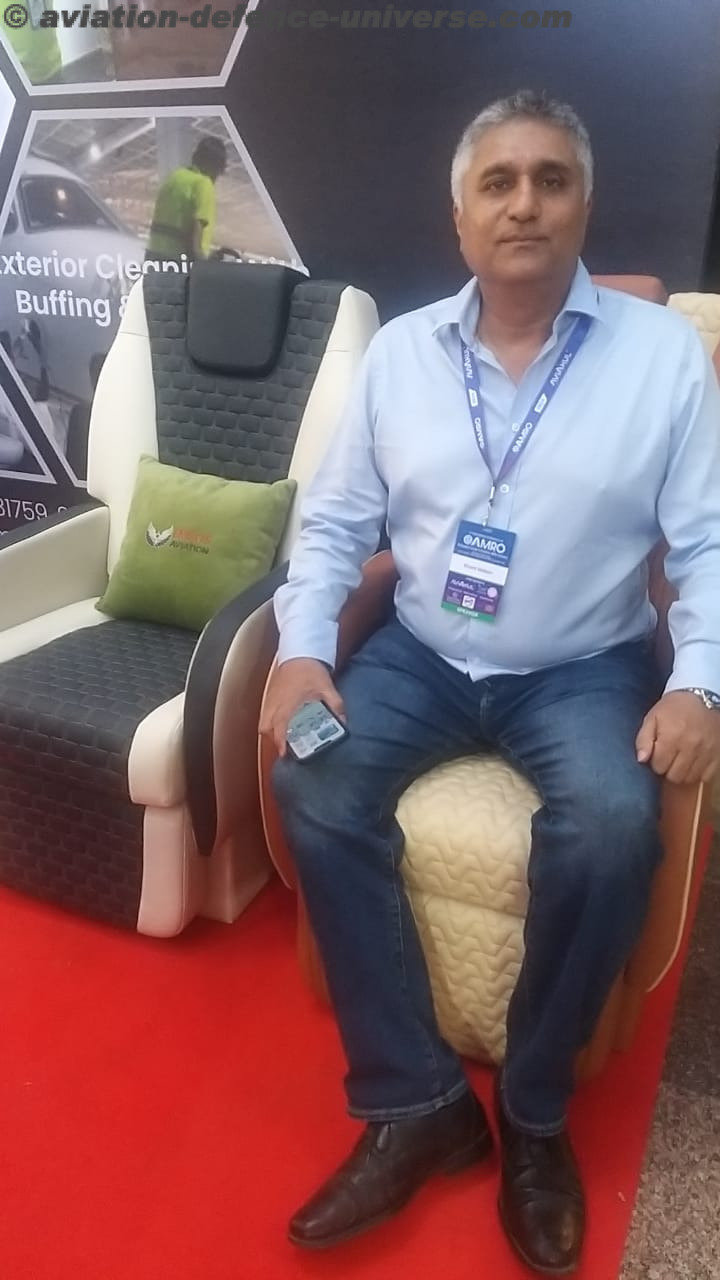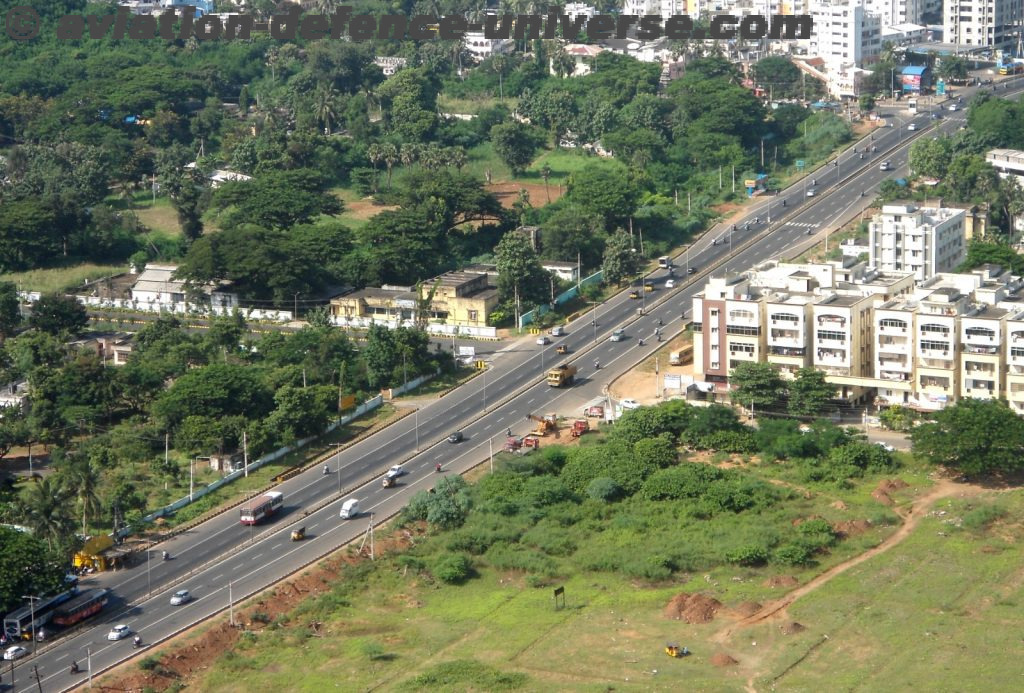New Delhi, 18th February 2020. As NATO enters a new decade of existence, the 70-year-old alliance is addressing the fact that the face of war and its adversaries have changed significantly.
GlobalData’s defence writer Harry Lye heard from NATO leaders and thought leaders on how NATO is adapting to meet new threats and challenges – including the rise of China.
Lye says: “China’s Dongfeng-17 hypersonic missile, a prominent feature in China’s 2019 National Day parade, threatens to upset the balance of power in China’s backyard and is one of the earliest such systems to reach initial operational capacity. The missiles travel so fast they are hard to intercept, changing the game for air defence.
“NATO’s approach to China, however, is not about creating a new foe in a new region. Instead, it aims to monitor the country more closely and work towards arms control agreements. As NATO Secretary General Jens Stoltenberg said at the NATO Engages event the day before the summit: ‘this is not about moving NATO into the South China Sea, but it’s about taking into account that China’s coming closer to us.’”
The idea that China is moving closer to the West is echoed by Robert Vass, founder and president of the GLOBSEC think tank.
Vass told GlobalData: “Chinese investments are quite heavy in Europe and are increasing, they are building the Belt and Road Initiative, and it is an economic but also political project, which is bringing the political influence of China to Europe. We have to be aware of that. I’m not saying it is good or bad, but we have to be very much aware of the leverage that provides.”
Lye concludes: “NATO has faced challenges in the past and has a proven track record of adapting to them. It will need to continue doing so as new threats emerge to maintain the in a new decade.”






























